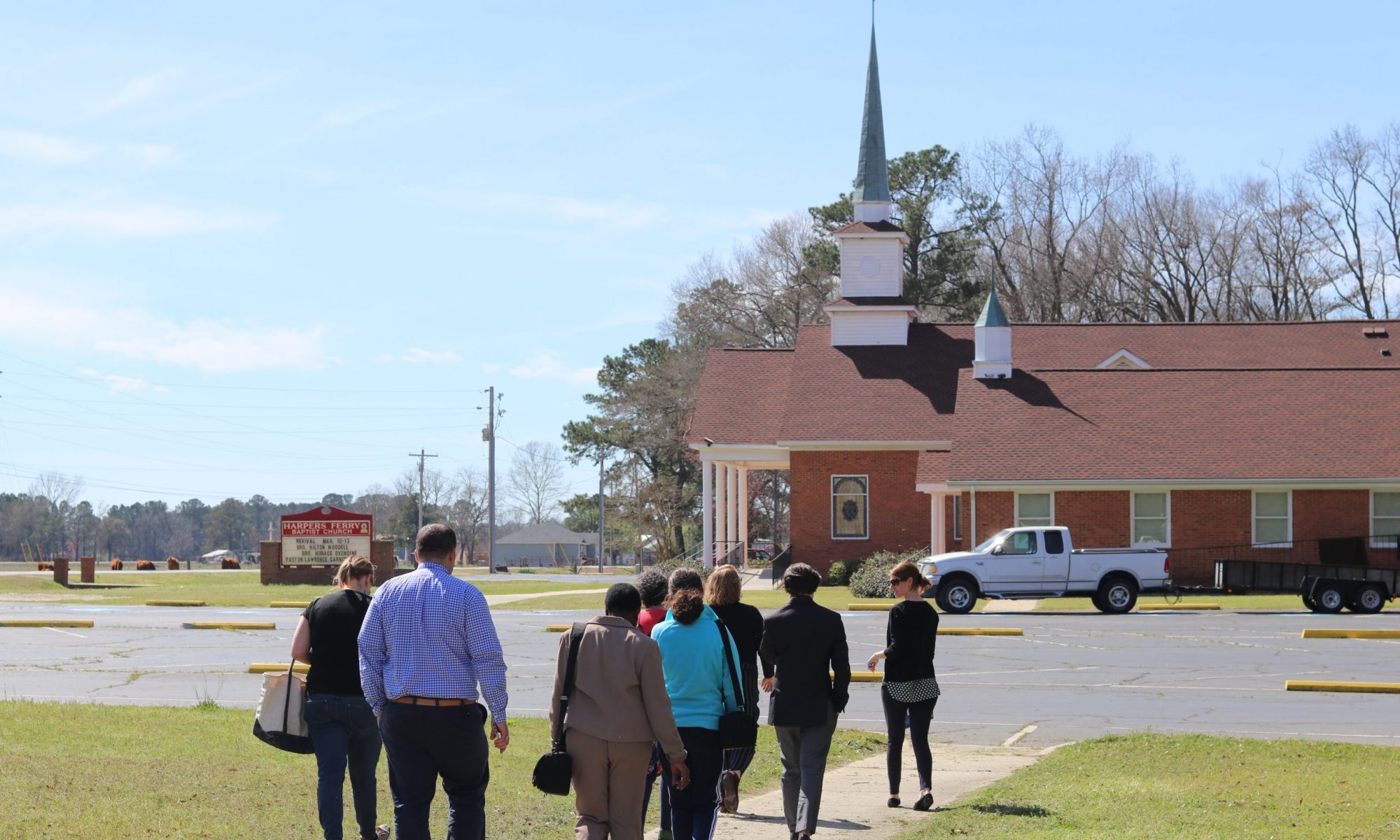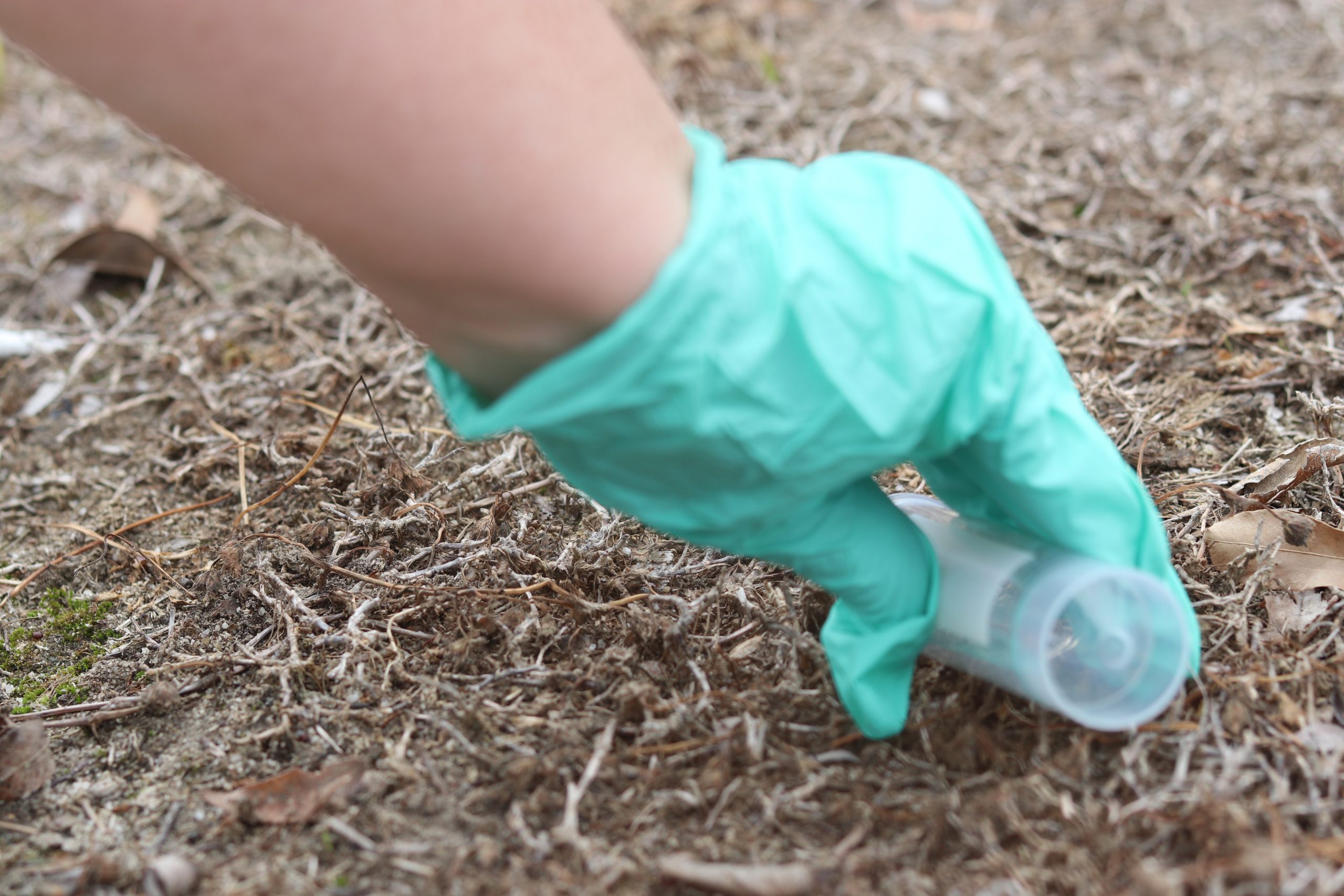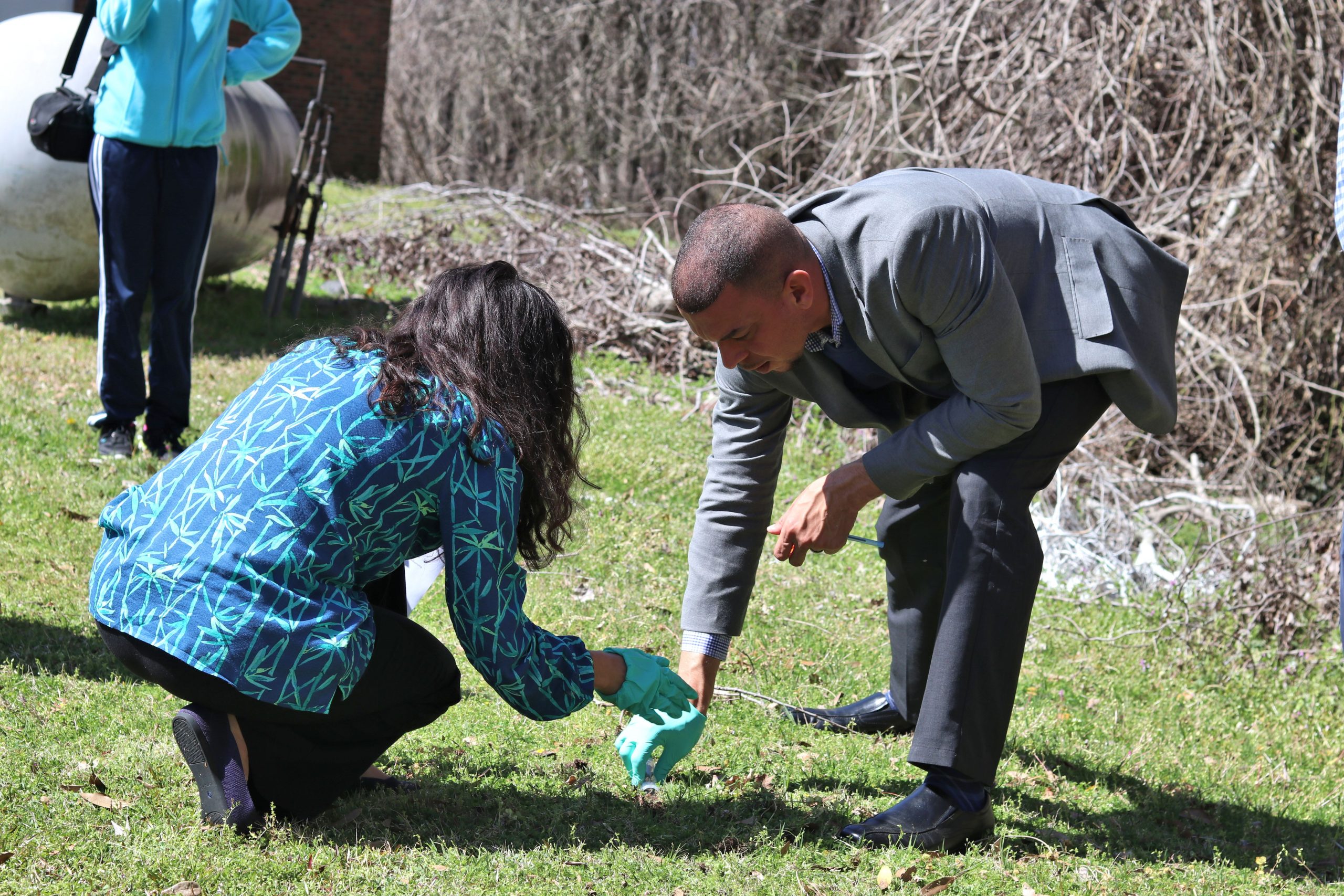As part of the soil testing project,
residents and North Carolina State University researchers collected soil from around Robeson County between January and October 2019.1 The samples were tested for E. coli and heavy metals.
WHY SOIL TESTING? During disasters like Hurricanes Matthew (2016) and Florence (2018), contaminants may spread throughout the community. Our goal in testing soil is to better understand if and how contaminants may move and persist following flooding events.
WHAT DID YOU TEST FOR? We tested for three heavy metals (arsenic, cadmium, and lead) and fecal contamination, indicated by E. coli bacteria.
WHAT DID YOU FIND? The heavy metal results were all within ranges generally considered to be below levels of concern for human health. To see the results of the heavy metals testing, please click here. Currently no regulations exist for “safe” levels of E. coli in residential soils, but the E. coli results from Robeson County were similar to levels found around the North Carolina State University campus in Raleigh. To see the results of the E. coli testing, please click here.
WHAT’S NEXT FOR THE STUDY? We’re currently analyzing the data to better understand variation in contamination levels found in the results. We will also be seeking community input on next steps for the study, including how to make the results useful for the community.
WHERE CAN I READ MORE ABOUT THIS PROJECT? A report was published through the Natural Hazards Center discussing the preliminary results of this portion of the BRIDGE project. The report it titled Environmental Risk and Recovery: Citizen Science in the Post-Disaster Context.


